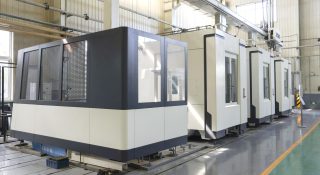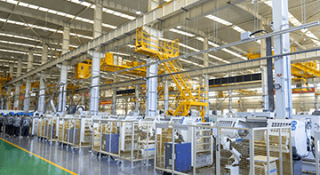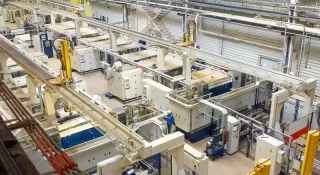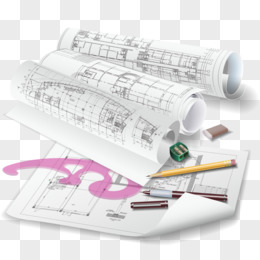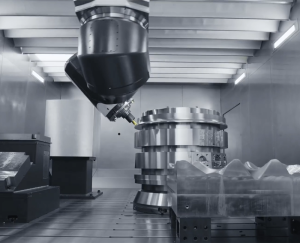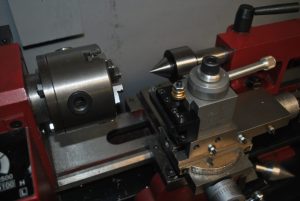The bridge mill plays a crucial role in manufacturing due to its high precision, speed, and stability.This article will provide a detailed introduction to bridge mills. Below is the related information.
Definition of Bridge Mills
A bridge mill is a special type of CNC machine that has a bridge-like structure and uses rotating milling cutters to process metal workpieces.
History of Bridge Mills
The history of bridge machines can be traced back to the development of the mechanical industry in the 19th and 20th centuries. After the Industrial Revolution, there was an urgent need for processing large workpieces. The bridge structure was widely used because it could support large workpieces and provide a stable machining platform.The combination of CNC technology and traditional bridge mills has resulted in today’s CNC bridge mills. Furthermore, with the development of science, technology, and automation, the production capacity of bridge mills continues to increase, and their areas of application continue to expand.
Bridge mill VS. Gantry mill
Bridge mills and gantry mills have similar structures, but they differ in how they move. In a gantry mill, its gantry moves along the x-axis, while in a bridge mill, it’s the work table that moves.
Bridge mill VS. VMC
A vertical machining center is a type of CNC machine where the spindle is vertical to the worktable and can move along the X, Y, and Z axes. Because a bridge mill fits the definition of a vertical machining center, it’s often considered one, but a bridge mill’s Y-axis is more flexible and has a bigger range of movement.
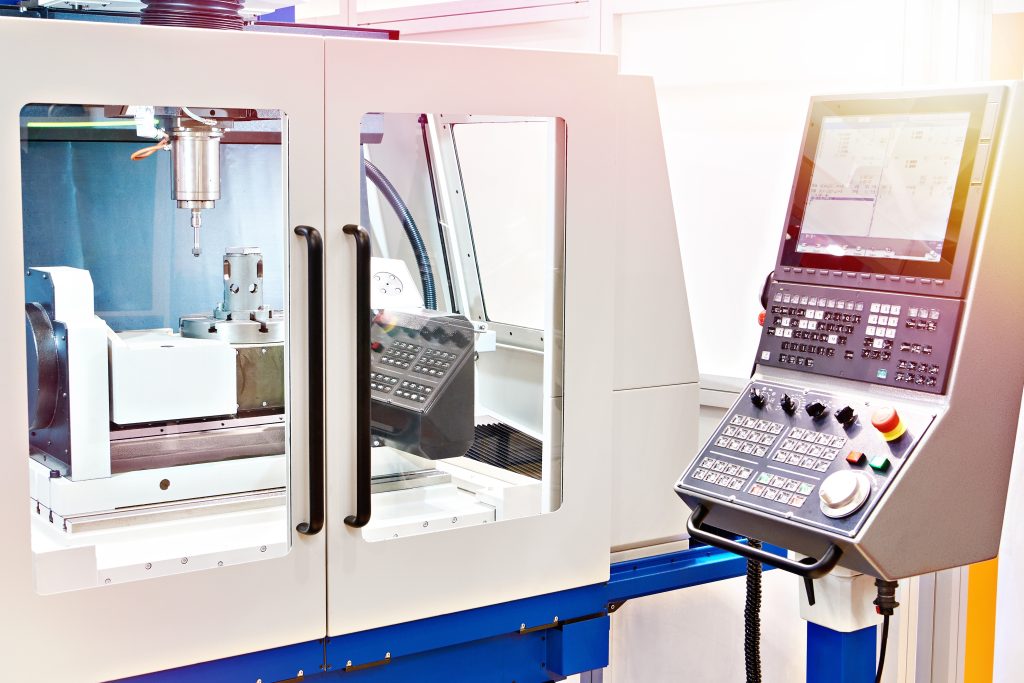
Why Call it “Bridge”?
A bridge mill is called a “bridge” because it has a structure with a crossbeam in the middle, resembling a bridge.
Description of the Bridge-like Design
A bridge structure is a type of engineering design where a horizontal beam connects two vertical support structures, creating an overall shape resembling a bridge.The bridge structure of a bridge mill consists of a crossbeam and columns. The crossbeam handles the side-to-side (X-axis) cutting force and vibration, while the columns, connecting the crossbeam and the bed, manage the front-to-back (Y-axis) cutting force and vibration.
History of bridge-design
The history of the bridge structure can be traced back to ancient bridge construction.
During the Industrial Revolution, inventors applied the stability and load-bearing capacity of bridges to machine tools, leading to the construction of milling machines with a bridge-like structure.Today, with the development of technology, the use of bridge structures in the field of mechanical manufacturing continues to be improved and perfected.
Types of Bridge Mills
Detailed classification can help customers choose the bridge mill they need. This classification can generally be divided into three categories.
Based on the structure:
- Double Column Bridge Mill: This type has two vertical columns, providing enhanced stability and precision, making it suitable for high-precision machining of large workpieces.
- Single Column Bridge Mill: It features only one vertical column, suitable for processing small to medium-sized workpieces with slightly lower precision requirements.
Based on the method of movement:
- Vertical Bridge Mill: The spindle is vertical, and the cutting tool moves vertically for processing, suitable for large-scale and highly stable machining.
- Horizontal Bridge Mill: The spindle is horizontal, the workpiece is placed on the worktable, and the cutting tool moves horizontally for processing, suitable for complex and precision machining.
Based on the control system:
- CNC Bridge Mill: It uses a computer numerical control (CNC) system where the machining process is controlled by programs, eliminating the need for manual operation of the mill.
- Conventional Bridge Mill: This type uses traditional mechanical systems for machining, requiring manual operation during the machining process.
Components of a Bridge Mill
To understand a bridge mill, it’s essential to have an understanding of its components. Here are the parts that make up a bridge mill.
Main Structure
The main structure consists of the machine bed, beam, and columns. The columns connect the bed and the beam, forming a bridge-like structure, which provides strong stability and rigidity.
Worktable
The worktable is used to hold the workpiece and move it horizontally and vertically.
Spindle
The spindle is responsible for rotating the cutting tool to complete cutting tasks.
Coolant Lubrication System
The coolant lubrication system is used to cool the cutting area and lubricate the cutting surface, ensuring processing quality and extending tool life.
Computerized Numerical Control System
The computerized numerical control system is operated by a computer to control processing parameters and paths, ensuring precision and efficiency in manufacturing.
Control Panel
The control panel comes with buttons and a display screen for operating the computerized numerical control system and monitoring the manufacturing process.
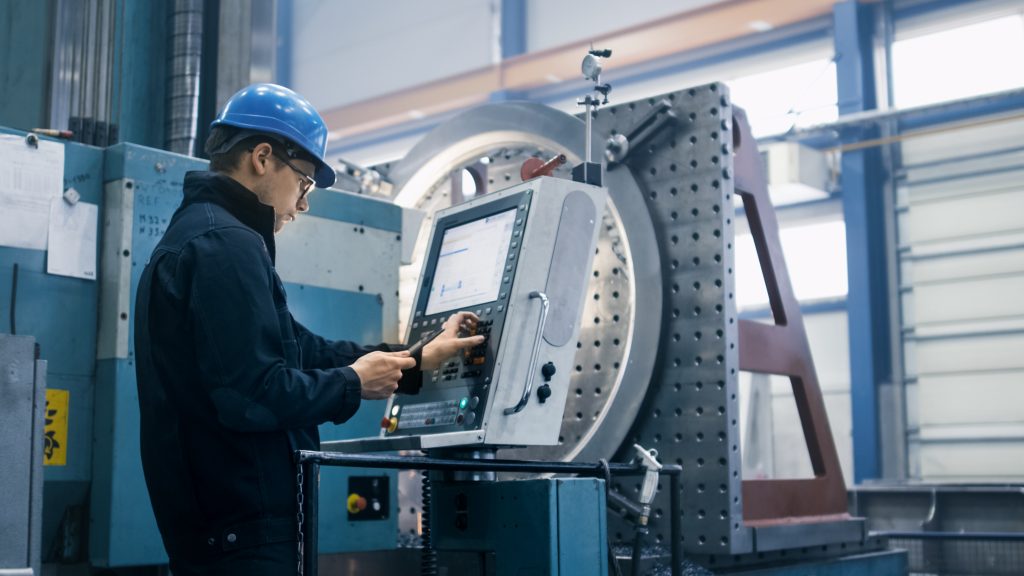
Advantages & Applications of Bridge Mills
Bridge mills are widely used in manufacturing due to their strong stability and other advantages. Here are some related examples:
Advantages
- Bridge mills produce products quickly and with high precision.
- Bridge mills have strong stability and low vibration.
- Bridge mills have low maintenance costs.
- Bridge mills offer strong cutting efficiency.
- Bridge mills occupy small floor space.
- Bridge mills have high rigidity.
Applications
- Aerospace: Bridge mills are used to manufacture large and high-precision parts. In the aerospace industry, where parts are complex and require high precision, they are used to produce components such as aircraft wings and fuselage.
- Mold Making: Bridge mills can process various shapes of parts such as flat, curved, sculpted, and molded. Therefore, they are used to manufacture various molds, including large automotive and household appliance molds.
- Automobile Manufacturing: Bridge mills are essential equipment in the field of automobile manufacturing and are used to process engines and components for automobiles.
How to Operate a Bridge Mill
Step 1: Startup Preparation
According to the operation manual, correctly operate the main power supply. Check the lubrication system to ensure that there is enough clean lubricating oil.
Step 2: Design and Programming
You’ll need to create a CAD model of the product and then convert it into a program that the machine tool’s CAM system can understand and execute.
Step 3: Setting Parameters
Depending on the material and machining requirements, you need to adjust process parameters such as tool speed, feed rate, and cutting depth.
Step 4: Begin Milling
Start the program, initiate the process, and closely monitor the operation while taking necessary safety precautions.
Step 5: Shutdown Preparation
Measure the workpiece dimensions, clear away waste material, check and return tools to their places. Following the instructions in the operation manual, proceed to shut down the machine.
How to Choose a Bridge Mill for your Bussiness
When buying a bridge mill, you need to consider the following:
Equipment cost: Bridge mills are generally priced higher due to their size, functionality, and complexity. Moreover, prices vary among different brands and models.
Transportation cost: Bridge mills incur higher transportation costs due to being large-scale CNC machines.
Employee training: You need to hire professional instructors to provide relevant CNC machine training for your employees.
Equipment maintenance: Bridge mills experience wear and tear during use, requiring operators to regularly maintain the equipment.
Consumable costs: Cutting tools and fixtures easily wear out during use, requiring frequent replacement.
Conclusion
Here is the basic information about bridge mills. If you want to learn more about bridge mills, please contact us. Thank you for reading, and we look forward to further communication with you!


